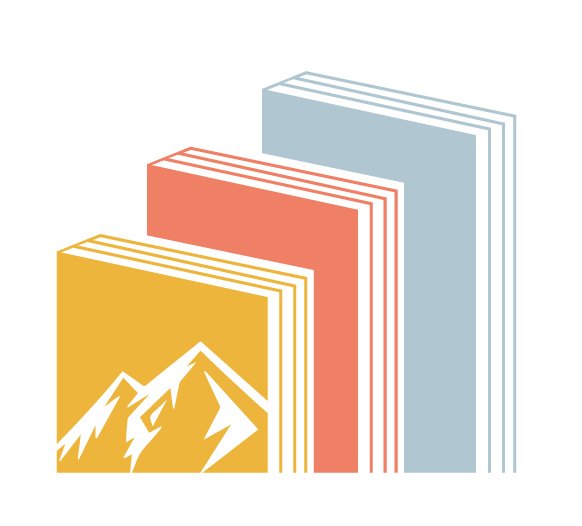The Collapse
Summary:
On the night of November 9, 1989, massive crowds surged toward the Berlin Wall, drawn by an announcement that caught the world by surprise: East Germans could now move freely to the West. The Wall—infamous symbol of divided Cold War Europe—seemed to be falling. But the opening of the gates that night was not planned by the East German ruling regime—nor was it the result of a bargain between either Ronald Reagan or George H.W. Bush and Soviet leader Mikhail Gorbachev.
It was an accident.
In “The Collapse”, prize-winning historian Mary Elise Sarotte reveals how a perfect storm of decisions made by daring underground revolutionaries, disgruntled Stasi officers, and dictatorial party bosses sparked an unexpected series of events culminating in the chaotic fall of the Wall. With a novelist’s eye for character and detail, she brings to vivid life a story that sweeps across Budapest, Prague, Dresden, and Leipzig and up to the armed checkpoints in Berlin.
We meet the revolutionaries Roland Jahn, Aram Radomski, and Siggi Schefke, risking it all to smuggle the truth across the Iron Curtain; the hapless Politburo member Günter Schabowski, mistakenly suggesting that the Wall is open to a press conference full of foreign journalists, including NBC’s Tom Brokaw; and Stasi officer Harald Jäger, holding the fort at the crucial border crossing that night. Soon, Brokaw starts broadcasting live from Berlin’s Brandenburg Gate, where the crowds are exulting in the euphoria of newfound freedom—and the dictators are plotting to restore control.
Drawing on new archival sources and dozens of interviews, “The Collapse” offers the definitive account of the night that brought down the Berlin Wall. (Summary and cover courtesy of goodreads.com)
Please note: I received a free copy of this book in exchange for an honest review courtesy of the publisher.
Review:
This was a book that was very interesting and had a lot of fantastic content, but I think could have used a slight paring down, particularly at the conclusion. In the end, however, I am convinced that the falling of the wall was by no means guaranteed as the author intended. The events that coalesced into the destruction of the wall were a perfect storm of miscommunications, bad scheduling and poor leadership. On the other hand, the thing I found even more interesting was the number of peaceful protests in the weeks leading up to it. This is particularly relevant with recent events in the United States. The East Germans managed to have protests measured in the hundreds of thousands without violence or destruction of property breaking out. Many of the protest leaders actually mentioned inspiration from Martin Luther King Jr.
All in all, I definitely found myself compelled to keep reading the book and looked forward to finishing the book.
Rating: 4 stars!
Who should read it? Folks interested in the aftermath of WWII in Germany.


